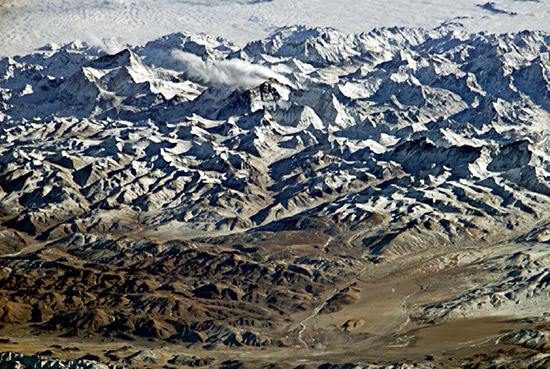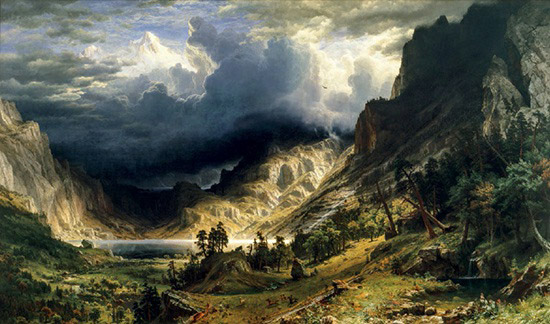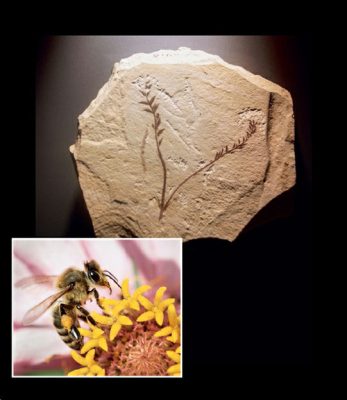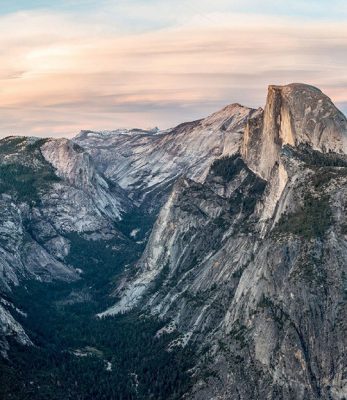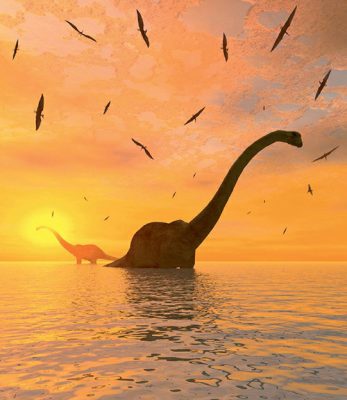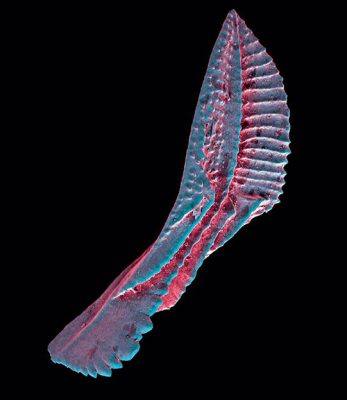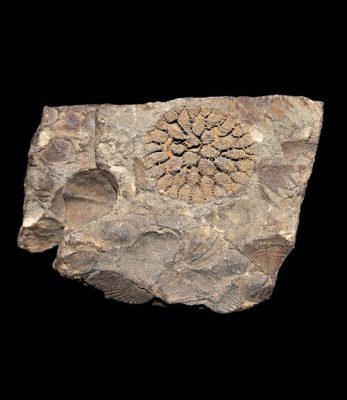c. 70 Million BCE: The Majestic Himalayas – A Tectonic Marvel
The Himalayas, formed from the collision of the Indian and Eurasian plates, are a prime example of the dramatic mountain-building process, resulting in peaks like Mt. Everest, created through thrust-faulting and continuous upward stacking of [...]
c. 80 Million BCE: The Geological Formation of the Rocky Mountains
Explains the formation of the Rocky Mountains, a geological anomaly far from the North American plate's edge, initially formed by continental collisions 300 million years ago and later uplifted by the subducting Farallon plate around [...]
c. 130 Million BCE: The Evolution and Impact of Flowers
Explores the relatively recent emergence of flowers, detailing their evolution from non-vascular plants to angiosperms in the Cretaceous period, and their role in attracting pollinators, contributing to the biodiversity and adaptability of flowering plants
c. 140 Million BCE: Formation of the Atlantic Ocean – A Tectonic Tale
Explores the formation of the Atlantic Ocean as a result of Pangea's breakup, driven by lithospheric plate dynamics and massive volcanic eruptions, leading to the creation of the mid-Atlantic ridge and the largest mountain chain [...]
c. 155 Million BCE: The Geological Formation of the Sierra Nevada
The Sierra Nevada mountain range is a testament to the Earth’s dynamic geological processes, much of which occur out of sight, deep underground. One key aspect of these processes is the formation of magma, molten [...]
c. 160 Million BCE: The Evolution of Birds from Dinosaurs
Explores the evolution of birds from feathered dinosaurs during the Age of the Dinosaurs, discussing the role of feathers and the survival of avian dinosaurs through the Cretaceous mass extinction, leading to the diverse, intelligent [...]
c. 200-65 Million BCE: Dinosaurs – The Reign of Ancient Giants
Exploring the rise of dinosaurs post-Permian and Triassic extinctions, this article highlights their evolution from small bipedal predators to diverse, dominant species, culminating in their extinction 65 million years ago, with birds as their living [...]
c. 200 Million BCE: The End Triassic Extinction – A Turning Point in Earth’s History
Discusses the End Triassic mass extinction event over 200 million years ago, which led to the extinction of half the species on Earth, including many archosaurs and marine species, paving the way for the rise [...]
c. 220 Million BCE: The Evolutionary Journey of Mammals
Tracing mammals' evolution, this article highlights their origins from synapsids in the Pennsylvanian period, their survival through the Great Dying, and the rise to dominance post-dinosaur extinction, aided by unique characteristics and environmental changes
c. 252 Million BCE: The Great Dying – Earth’s Largest Mass Extinction
Discusses The Great Dying, the largest mass extinction event around 252 million years ago, which wiped out approximately 96% of ocean species and 70% of land vertebrates, with various hypotheses about its causes and its [...]

